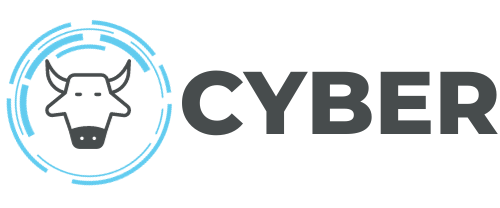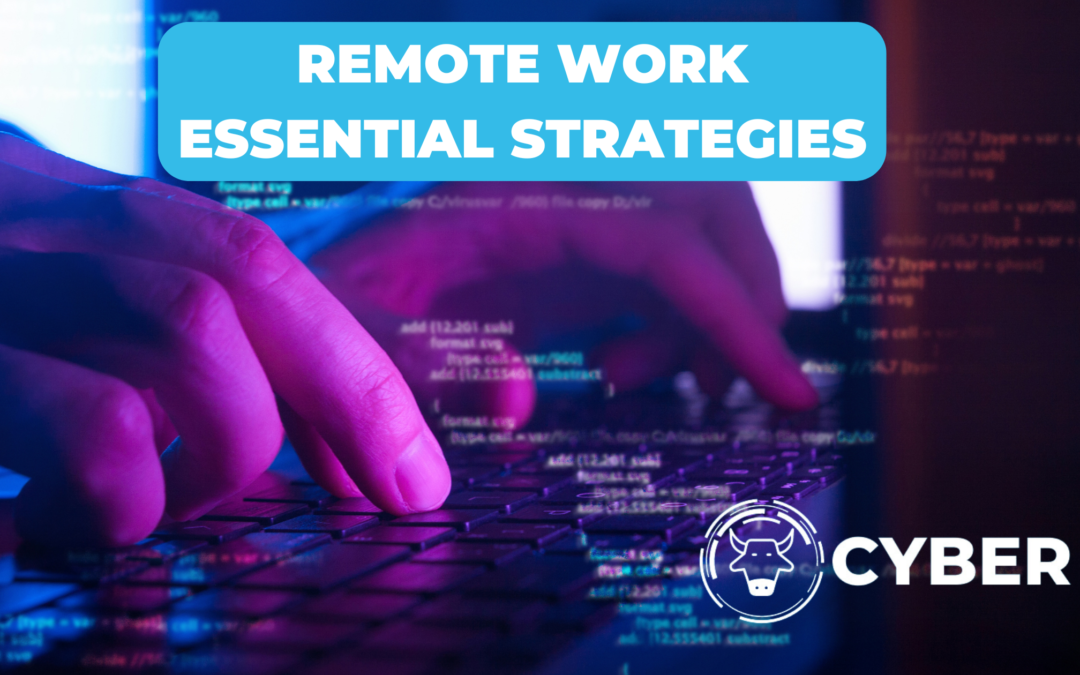The shift to remote work has been one of the most significant changes in the workforce over the past few years. This transition, while beneficial in many ways, has also opened up a new battleground for cybersecurity professionals. The increase in remote work has expanded the attack surface for cyber threats, making the role of cybersecurity more crucial than ever. Here are top tips and strategies for securing remote work environments, tailored for cybersecurity professionals.
Understanding the Threat Landscape
The first step in securing remote work is understanding the current threat landscape. Cyber threats have evolved with technology, and remote work has introduced specific vulnerabilities that cybercriminals are eager to exploit. Phishing attacks, ransomware, and unsecured Wi-Fi networks are just a few of the dangers that have become more prevalent with the rise of remote work.
Key Strategies:
- Stay Informed: Regularly update yourself with the latest cyber threats and trends. Resources such as cybersecurity news platforms and threat intelligence feeds can be invaluable.
- Educate Remote Workers: Conduct regular training sessions on cybersecurity best practices and the latest phishing scams. Awareness can significantly reduce the risk of successful attacks.
Securing Network Connections
One of the foundational steps in securing remote work is ensuring that all network connections are secure. The use of Virtual Private Networks (VPNs), end-to-end encryption, and secure Wi-Fi networks are essential.
Key Strategies:
- Implement VPNs: Ensure all remote employees have access to and use a VPN for connecting to the company’s network. This creates a secure, encrypted tunnel for data transmission.
- Secure Wi-Fi Networks: Advise remote workers to use secure, password-protected Wi-Fi networks and avoid public Wi-Fi without VPN protection.
Enhancing Identity and Access Management
With the boundaries of the traditional office environment expanded, managing who has access to what becomes a bigger challenge but also a critical aspect of cybersecurity.
Key Strategies:
- Use Multi-Factor Authentication (MFA): Implement MFA wherever possible to add an additional layer of security for accessing company resources.
- Regularly Update Access Permissions: Regularly review and update who has access to sensitive company data, ensuring that only those who need access have it.
Regular Software Updates and Patch Management
Keeping software up to date is a simple yet effective step in protecting against vulnerabilities that cybercriminals exploit.
Key Strategies:
- Automate Updates: Where possible, enable automatic updates for operating systems, applications, and security software to ensure the latest security patches are applied.
- Vulnerability Scanning: Regularly scan for vulnerabilities within your network and apply patches promptly to mitigate potential risks.
Developing a Comprehensive Incident Response Plan
Despite best efforts, the potential for a security breach always exists. Having a comprehensive incident response plan in place is crucial.
Key Strategies:
- Prepare in Advance: Develop and regularly update an incident response plan that includes roles, responsibilities, and actions to take in the event of a breach.
- Practice Makes Perfect: Conduct regular incident response drills with the cybersecurity team and relevant stakeholders to ensure everyone knows their role during a security incident.
Securing remote work is a multifaceted challenge that requires ongoing vigilance and adaptation to new threats. By understanding the threat landscape, securing network connections, enhancing identity and access management, keeping software updated, and having a solid incident response plan, cybersecurity professionals can significantly reduce the risks associated with remote work. Remember, the goal is not just to react to threats but to proactively establish a security-first culture that can adapt to the evolving digital landscape.

